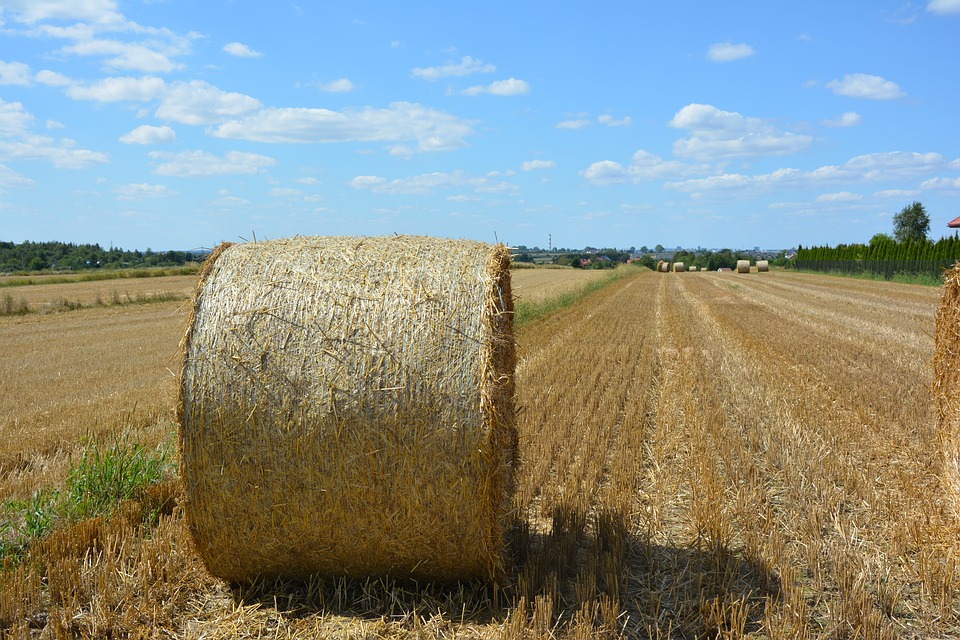A significant part of the total diet of animals falls on roughage. They contain provitamins, various biological substances, a significant amount of lignin, fiber, vitamins and other useful elements. Improper harvesting involves a risk of nutrient loss. The slightest violations in technology lead to a decrease in feed value.
Cattle ration
Hay, silage and haylage - the main diet of large animals. Coarse and succulent feeds are the main sources of animal nutrition. This factor is important to consider when feeding cattle and to give valuable weight an important place in its diet. To ensure that the animal’s body is regularly replenished with the necessary substances, care must be taken to ensure timely production of high-quality dry matter for these feeds.
For highly productive cows, it is especially necessary to consume the maximum proportion of dry product, since the metabolic energy processes in their body depend on this. Improving the quality of feed can be achieved by preparing balanced feed mixtures with the addition of coarse concentrated substances, protein-mineral supplements and vitamins.
Some domestic agricultural companies have been able to significantly increase the feed value of haylage, hay and silage, thanks to the introduction of new technological methods. In particular, these are dairy farmers who are convinced from their own experience of the effectiveness of such methods. Feeding animals with properly prepared feeds led to an increase in milk yield.
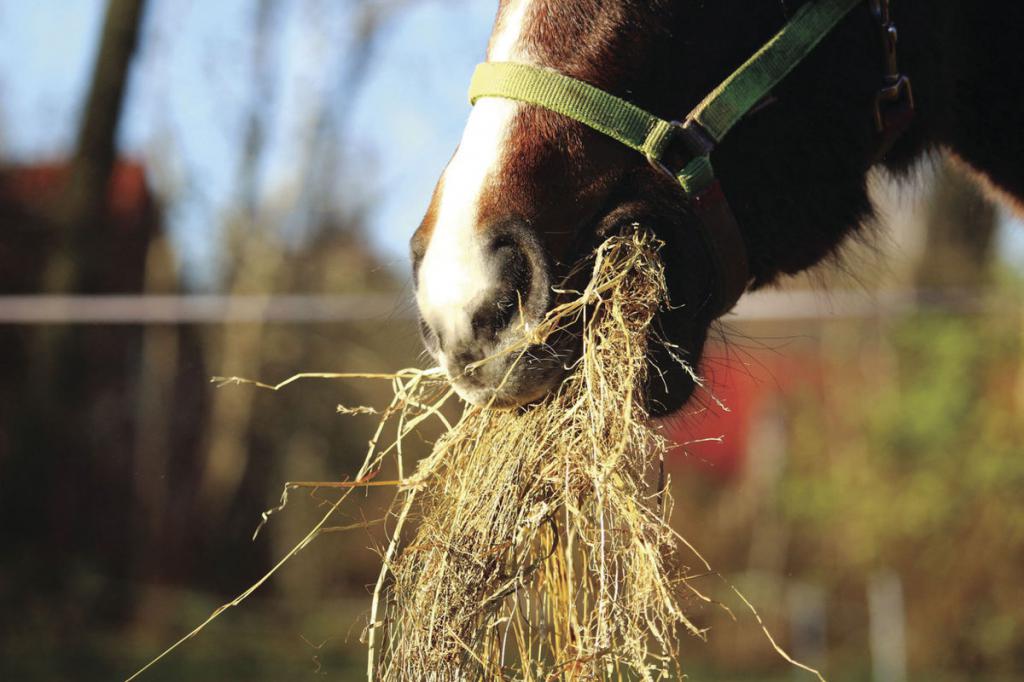
Vitamin feed
As a winter diet, harvest stalks and ears of corn, cutting and flour from grass and hay, chaff, chopped branches. Rough feed plays a key role in feeding work horses, beef cattle, ruminants, lambs and dairy cows. It is important to take care of a sufficient amount of such feed and, if possible, enrich them with vitamins. Not all farms have funds for the purchase of special additives. In this case, there is a need for the preparation of vitamin hay, root crops, coniferous and grass flour. The presence of such is mandatory, because without them, the animals will begin to get very sick and this will immediately affect their productivity.
In our country, the expansion of the feed base directly depends on the amount of crop feed crops. A considerable area of land should be allocated for agricultural plants that go to the hay. This is advisable because they should be mowed ahead of schedule. At the initial stage of growth, they retain a large supply of necessary substances, although the green mass is much less.
To increase the volume of livestock products, you must adhere to the permissible conditions for the preparation and storage of feed. A clear organization throughout the entire period protects against loss and partial deterioration of the feed mass.
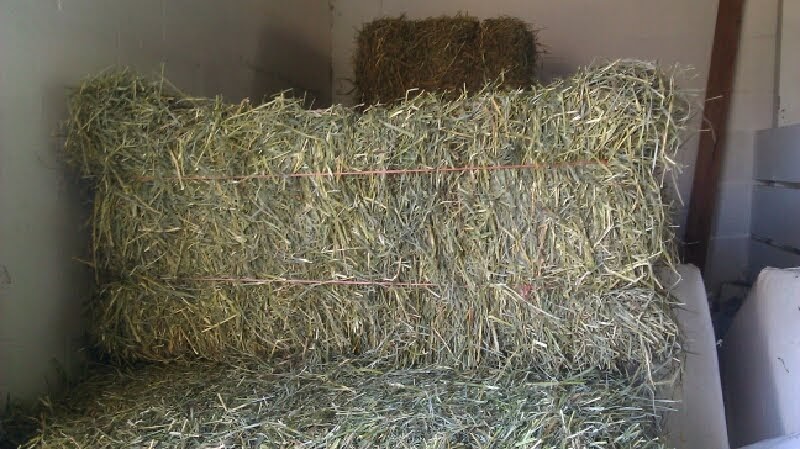
Haylage
Unlike other coarse and concentrated feeds, haylage retains most of the nutrients and is considered the most economical. Use alfalfa, clover and legumes. The technological chain of harvesting haylage consists of the following actions:
- mowing fodder plants in rolls;
- withering of mowed crops located in rolls to a certain moisture content (55%);
- selection of plants with simultaneous grinding and loading into vehicles;
- transportation and loading of ground mass into prepared trenches;
- haylage cover with hermetic material.
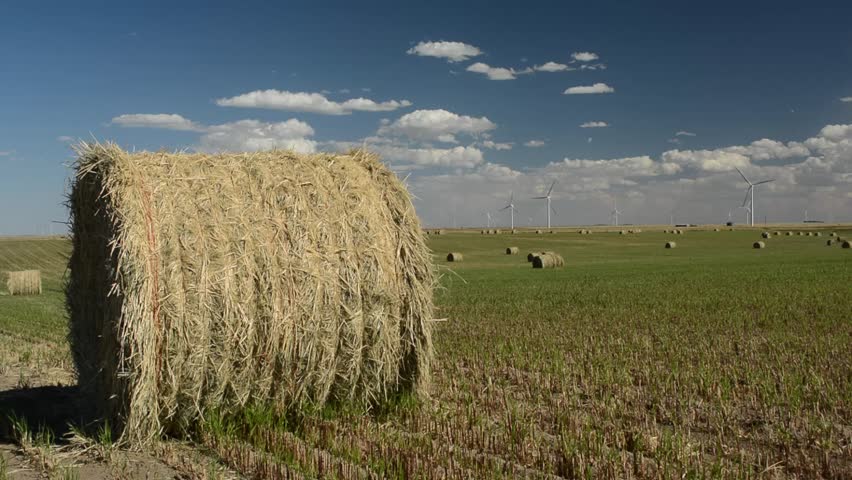
Hay harvesting
Harvesting crops for hay must be in time before flowering. Legumes mow at the budding stage, and cereals at the heading stage. Before proceeding to the mowing, you need to wait until the dew drops and the soil dries. If the stubble is left more genuine, a space will be formed between the soil and the hay, which will create good ventilation for the mowed crop.
The selection of plant mass is carried out at a humidity of 40%. If this indicator is less, the tedder is not used in the work. The drying process is best carried out under canopies by active ventilation. At this point, the hay should be collected in stacks. The optimal weight of one bale is 15-16 kg, it is better to be short. In a checkerboard pattern, the bales are stacked on the ventilation unit and go through the process of artificial drying.
It is important to remember that excessive drying of the leaves reduces the value of roughage. If the crop dries up during briquetting, it is necessary to stop the work for a while. In 12 hours, the hay will gain the necessary dose of moisture. To protect the finished bales from fire, you can add preservatives.
It is worth considering that hay, dried naturally, under the influence of sunlight produces vitamin D. Artificial drying deprives it of this value.
In the case of a late mowing, hay can be fed to breeding dead animals, meat cows. Here the farmer wins in the amount of feed mass.
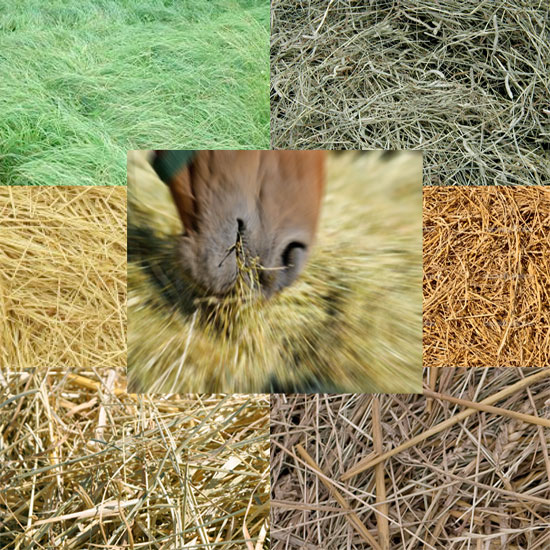
Silage
The succulent mass obtained by biological preservation is very valuable for livestock in winter. It is harvested in isolated trenches without oxygen access. Cooking roughage with this method frees you from attachment to weather conditions. In its nutritional value, silage is not inferior to other feeds and replaces green grass. The value of vegetable gruel depends on the amount of dry matter contained in plants during silage. In order for the fermentation process to take place properly, plants containing sugar are used. They are dried up to a certain humidity (70%). The technological process consists of the following techniques.
- Cutting along with grinding.
- Transportation to destination.
- Placement of silage in storage.
- Silo seal.
- Creating a tight shelter.
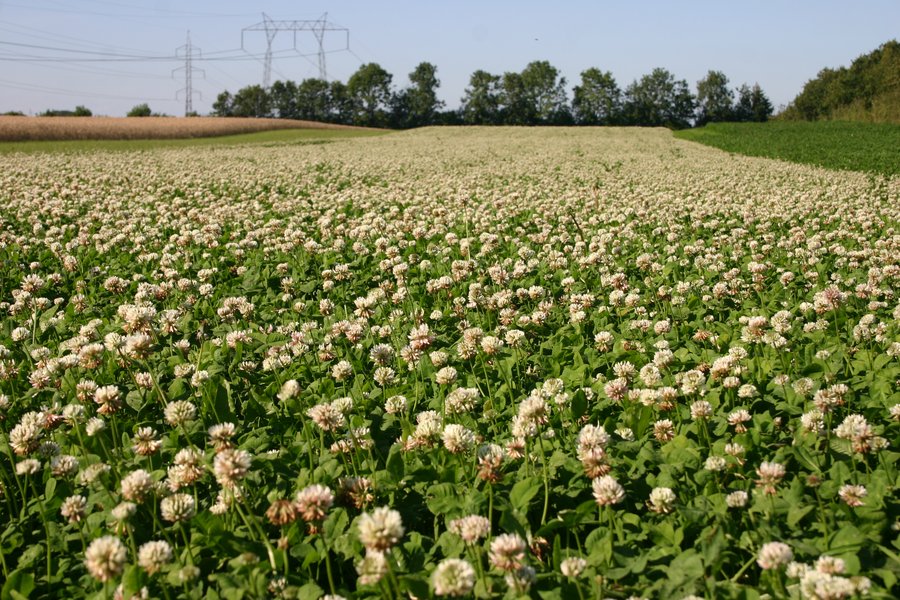
Straw
Abnormal environmental conditions create a deficit of green mass of forage grasses, therefore, in such cases, animals are fed straw. It is a waste material of grain crops after grinding of grain. Straw is divided into spring, winter and stubble.
Oat straw is considered the best. Barley must be subjected to heat treatment, as it creates a favorable environment for the development of radiant fungus. Harvesting from legumes has a richer composition, but does not dry well. Pathogenic microorganisms may appear in it, causing digestive upset in animals. If it is bad to dry buckwheat straw, the mold formed in it will provoke skin irritation in livestock.
High-quality food should not have impurities of poisonous plants, a large amount of dust, putrid odor and mold. Good straw is usually resilient, clean and has a characteristic color and luster.
For winter feeding of cattle, straw is rammed into bales and rolls and put under a canopy. Harvesting of roughage involves regular monitoring of the moisture content of the pressed raw materials. Such verification should be carried out both during the storing of straw and during its storage. In the case of an increase in humidity up to 22-25%, straw bans and loses its valuable properties.
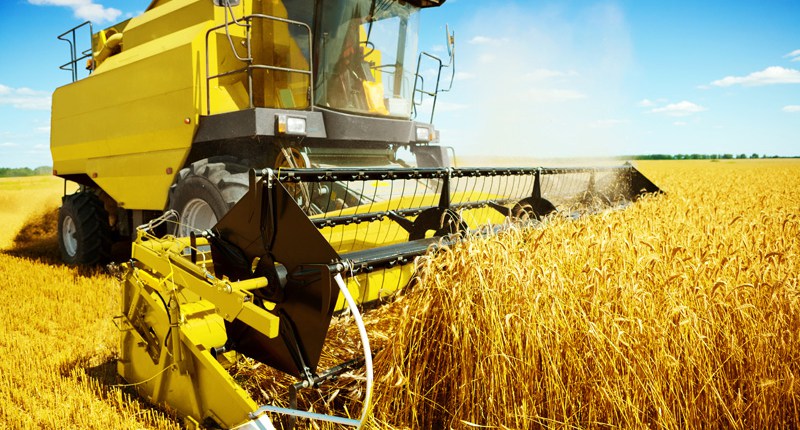
The nutritional value of straw
The chemical composition of straw as a whole is no different from other roughage. The difference between them is determined by the percentage of nutrients. Most straw contains fiber. But protein (in dry matter 6%) in it a little. Fat-like substances account for only 1.5%.There is practically no carotene, sugar and vitamins in the straw, with the exception of vitamin D. Fiber contains up to 70% cellulose, about 24% lignin, and the total amount of suberin and cutin in it is not more than 6%. Of the trace elements in the straw there is calcium, silicon and a little phosphorus.
Due to poor digestibility and low nutritional value, straw is not the basis of livestock ration. It cannot be a complete feed, because the ratio of nutrients does not provide normal energy metabolism in animals.
Straw serves as an additional, but at the same time rational feed for livestock. It is mixed with silage, food waste and root crops, which significantly increases the required volume of the total mass. Due to its high fiber content, straw improves digestion in cows. Immediately before feeding it is soaked in beet molasses.
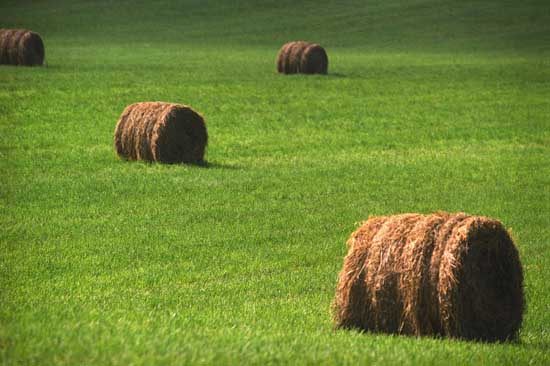
Proper storage
Proper storage of roughage saves a lot of money. Ideal for storing hay - the construction of equipped storage facilities. For lack of such, it is better to store food near the farm under awnings. Harvesting hay in the fields involves inconvenience and unnecessary costs. In addition to transporting feed, you will need to worry about cleaning the snow of access roads and around stacks. In the hay left in the open air, oxidative processes occur, as a result of which a large amount of carotene is lost. The site for the rifts should be located on a hill and not flooded with spring waters.
When storing haylage, it must not be allowed to be affected by external factors. For shelter, two types of material are used. The first is laid on the bottom and walls of the trench, so that its edges extend beyond. After laying the mass, the free parts of the transparent film cover the contents from above. The second is applied last and protects the haylage from ultraviolet radiation. This film should not be transparent. As oppression, sand, earth or peat is poured over the entire surface of the trench.
Shredding
Grinding coarse feed is an integral part of the entire process. For these purposes, there is special equipment equipped with pin and hammer devices. Once in the chamber, under the influence of the flow created by the pin disk, the solid feed is divided into parts. Along with cutting, the stems of plants are split into fibers. A good device should provide two important methods of grinding: impact force and grinding.
It must not be allowed to have dust particles in the finished mass. Dust is not amenable to natural wetting in the animal’s body and is also poorly digested. In addition, it has a negative effect on the human respiratory system, contributing to various pathologies, thereby reducing the activity of the staff.
Conclusion
The competent organization of the process of harvesting and storage allows you to provide animals with the necessary food for the winter period and maintain their productive potential.
